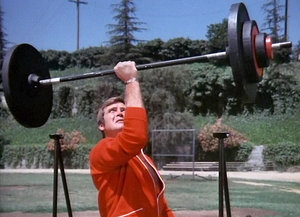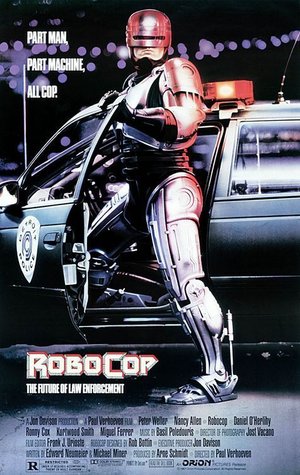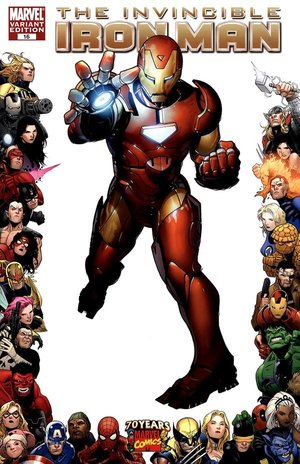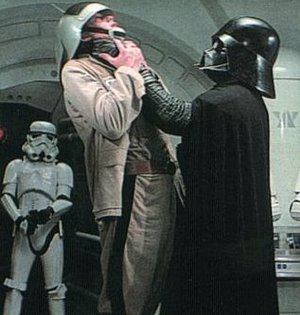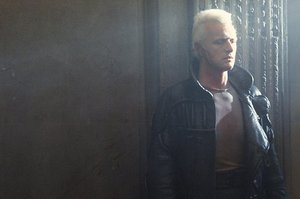The 10 Best Cyborgs in Pop Culture
To get both my sci-fi and near-future dystopia fix, I’ve been fiending out on Deus Ex: Human Revolution since the game released late last month. While pausing for a moment to upgrade protagonist Adam Jensen’s cybernetic augmentations, I started thinking about cyborgs and cybernetic modification in general, and then specifically, the fact that characters featuring such modifications have been around in some form for as long as I could remember.
Humans have been dreaming up cyborgs for use in fiction for as long as we’ve had mechanical objects. One of the earliest instances is an 1839 short story by Edgar Allen Poe, “The Man That Was Used Up,” where an unnamed narrator discovers that a famous and charismatic war hero, John A. B. C. Smith, is mostly comprised of prostheses after sustaining innumerable battle wounds. Over 150 years later, we’re still captivated by tales of mechanically augmented individuals, continuously exploring that theme of blurred humanity and the value of natural flesh.
In light of this never-ending cultural fascination, here are the 10 best fictional cyborgs.
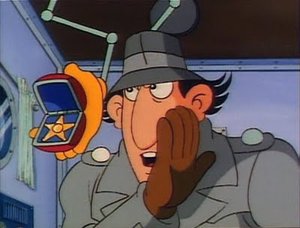
10. Inspector Gadget
Dates active: 1983-1986
Hardware: An unending stream of gadgets summoned by his trademark command, ‘Go-Go-Gadget.’ Notably, coiled spring legs and hat-mounted helicopter blades.
Why he’s awesome: One of the most lighthearted cybernetic characters in fiction, the goofy inspector was essentially a high-tech version of the bumbling Inspector Clouseau from the Pink Panther series. With an endless supply of interesting but often useless gadgets, tons of physical comedy, and a plucky niece and genius-dog combo that ended up solving most of the crimes themselves, Inspector Gadget had all the right elements for an immensely entertaining kids show, complete with public service announcements delivered by the Inspector after each episode dealing with one or more of the dangerous topics encountered.
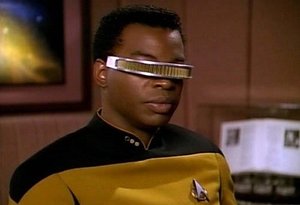
9 – Geordi LaForge
Dates Active: 1987-1994
Hardware: Visual Instrument and Sensory Organ Replacement, otherwise known as VISOR. Later, prosthetic eye implants.
Why he’s awesome: In tradition with the socially groundbreaking history of the original Star Trek (one of the first multi-ethnic cast on prime time television and an imagined future where humanity moves beyond racism), LeVar Burton portrayed a media rarity, an African American character that was a gifted scientist and intellectual as Geordi LaForge—Chief Engineering Officer aboard the USS Enterprise-D, where he often repaired the high-tech devices of the ship and discovered scientific phenomena.
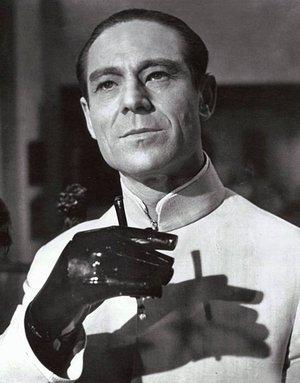
8. Dr. No
Dates Active: 1958, 1962
Hardware: In the film, bionic metal hands. In the original book, simple prosthetic pincers.
Why he’s awesome: The film portrayal of Dr. Julius No by Joseph Wiseman is one of the earliest instances of a menacing cybernetic villain, and the first criminal mastermind of the James Bond series of movies (though he originally appeared in Ian Fleming’s sixth Bond novel). No’s metal hands, though lacking in finesse, had terrifying power, showcased in the classic scene where he menacingly crushes a metal figurine. A cyborg villain that helped set the stage for one of the most popular and long-running movie franchises? That’s pretty awesome.

7 – Number Six
Dates Active: 2003-2009
Hardware: Flesh and blood but with a digital molecular structure that allows enhanced abilities and downloadable memories.
Why She’s Awesome: Tricia Helfer’s portrayal of the menacing and seductive Number Six, the first revealed humanoid Cylon model of the Battlestar Galactica reboot, was arguably the number one wow-factor that kicked off the immense popularity of the new series. The best sci-fi TV show in history deeply examined the meaning and boundaries of humanity, blurring the line between man and machine with every plot twist and new development.
-

-

-

-

-

-

-

-

-

-

-

-

-

-

-

-

-

-

-

-

-

-

-

-

-

-

-

-

-

-

-

-

-

-

-

-

-

-

-

-

